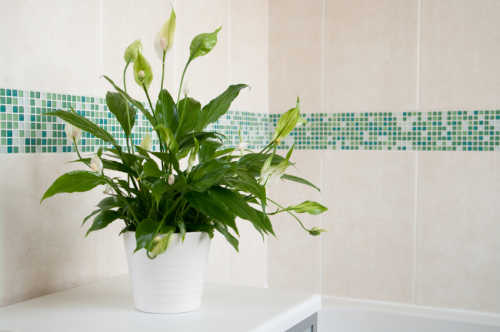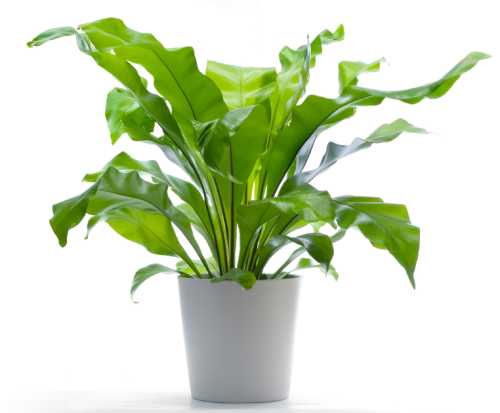How to make sure your home isn’t making you sick

According to numerous studies, Australians spend a whopping 90 per cent or more of our time indoors, and air inside our homes (or workplaces) is often far more polluted than the air outside the front door.
If you’re wondering where these toxins come from, the answer is: everywhere! Cleaning products, mould spores, dust and vapours known as volatile organic compounds, which “offgas” from the chemicals in your furniture, computer, and even the paint on your walls, all of these sources combine to make a toxic soup we’re breathing every day.
The government’s Department of the Environment admits we don’t know the long term effects of constant exposure to mixtures of these chemicals, but common health problems that result from exposure to poor indoor air quality include: sensory and skin irritation; neurotoxic symptoms; hypersensitivity and odour and taste symptoms.
There’s even something known as “sick building syndrome”, which is used to describe an excess of chronic symptoms. Some short term symptoms may be described as irritation of the skin, eyes and throat; headache, drowsiness and general irritation.
The CSIRO estimates that the cost of poor indoor air quality in Australia may be as high as $12 billion per year, and risk studies in the US have consistently ranked indoor air pollution among the top five environmental risks to public health.
The good news is, there is plenty you can do to improve the air quality in your home, and you don’t need to spend a fortune on an air purifier.
Indoor plants are more than just decorations, they are living, breathing air cleaners that can remove toxins from the air. Their presence in your home can also boost your mental health, improve concentration and even lower cholesterol, according to studies.
There are plenty of plants that will thrive indoors, including the beautiful peace lily, pictured below.
While peace lilies are the original “unkillable” plant, the best indoor plants for low-light areas are shade tolerant plants like ferns and other leafy plants with dark green leaves, including Zanzibar gem, Chinese lucky plant (Aglaonema), kentia palm, cast iron plant (Aspidistra), lady palm (Rhapis excelsa) and happy plant (Dracaena sanderia). These are all excellent air purifiers.
In addition to bringing the outside in with plants, you can improve air quality by airing your home every day – opening windows and doors to create a cross breeze where possible. Security screens can provide the safety you need to leave the door open.
Eliminating the use of chemicals in your home will also have a huge impact on the air your breathe. Try our Three Ingredient All-purpose Cleaner to replace chemicals, which emit VOCs, from your home.
Another trick is to allow any new furniture, appliances or finishes, such as paint to air, which will release a lot of those toxins and prevent them room going into your home. Close off freshly decorated rooms and consider leaving new purchases in a covered outdoor area until they no longer have that “new” smell.
Are you concerned about the air quality in your home? How do you combat it?










 Proudly Australian owned and operated
Proudly Australian owned and operated